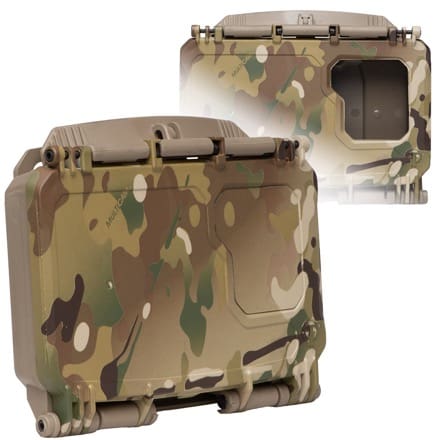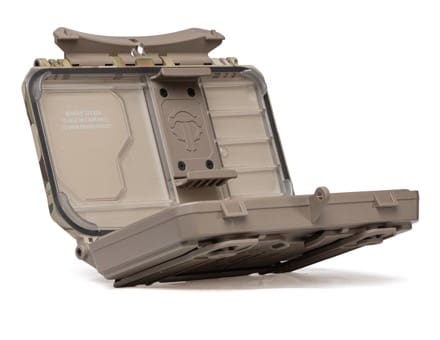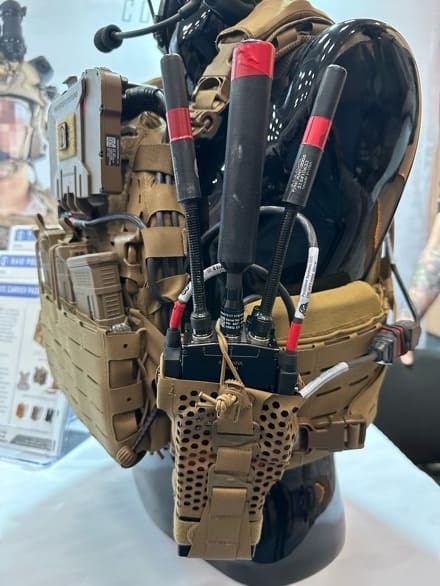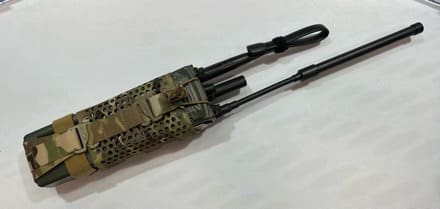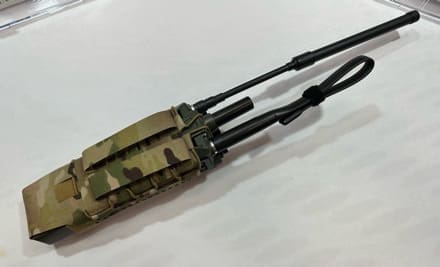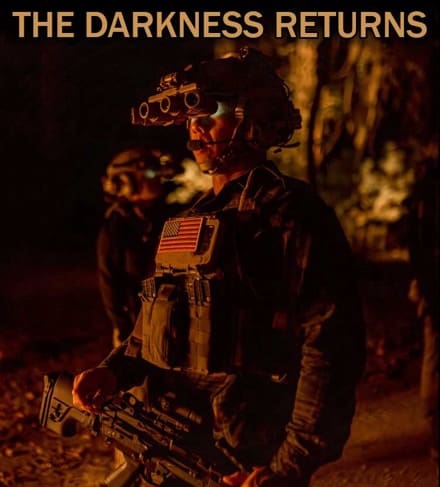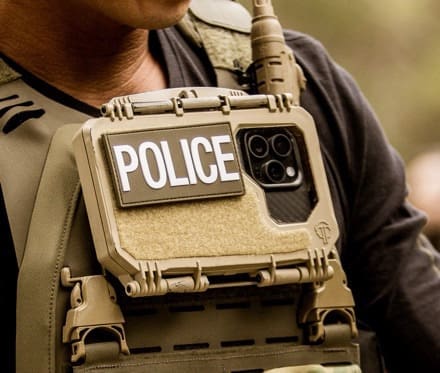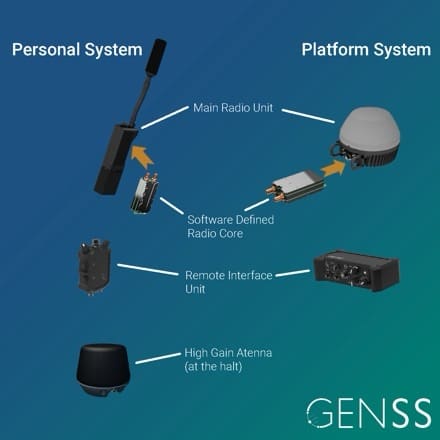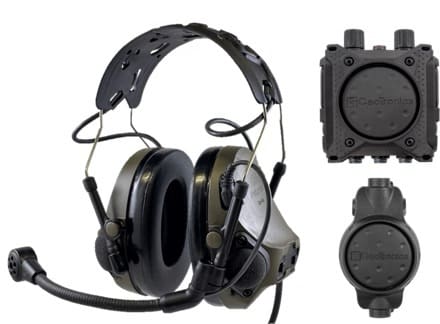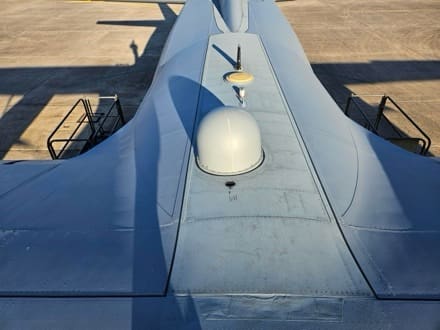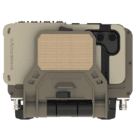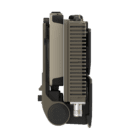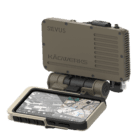Redefining Tactical Networking for Elite Operators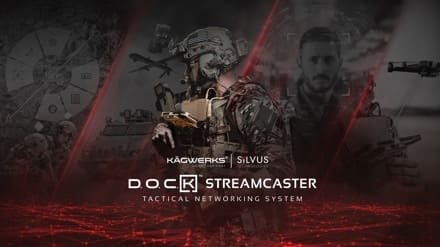
· Operator Centric Design – Low SWaP profile, streamlined cabling and unified power reduces operator load-out
· Powerfully Advanced Networking Performance– Seamlessly scale from tactical Personal Area Network to wide-area mesh networks connecting hundreds of nodes
· Designed for the Universally Connected Warfighter – Integrated Samsung S23TE provides mission-ready mobility and powerful on-board processing with advanced security features
· Soldier Worn AI – Select models feature powerful on-board NVIDIA Jetson Nano AI CPU providing flexible edge computing in any environment
· Achieve Spectrum Dominance – Access an expansive suite of LPI/LPD and Anti-Jamming resiliency capabilities for secure and protected communications in contested environments
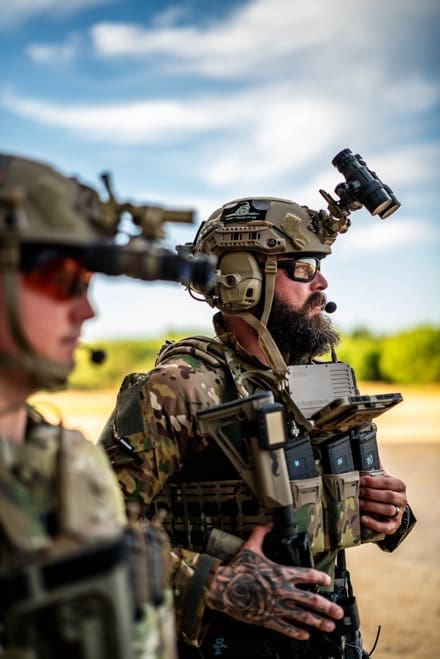
Los Angeles, California (April 16, 2024) – Silvus Technologies, Inc. (“Silvus”), a global leader in advanced wireless networking communication systems, and Kägwerks, a global leader in solutions for tactical operator-worn networking have joined forces to introduce DOCK (Dismounted Operator’s Combat Kit) StreamCaster, the next generation of Tactical Networking Systems.
Designed for the Universally Connected Warfighter, DOCK StreamCaster combines advanced StreamCaster MANET (Mobile Ad-hoc Network) radios with Samsung’s S23TE EUDs (End User Device) in one fully integrated chest-mountable DOCK system. Compact and lightweight, each DOCK StreamCaster features a rugged, low SWaP profile and modular design, with streamlined cabling and unified power that reduces operator load-out while increasing mobility and mission effectiveness.
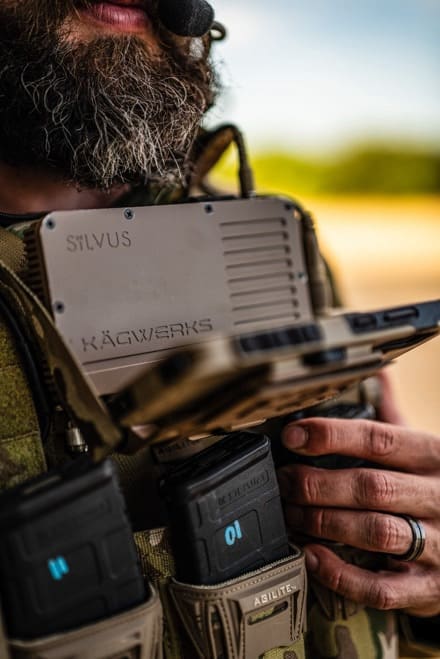
Integrated StreamCaster MANET radio delivers up to 4W native output power (8W effective power thanks to TX Eigen Beamforming) and up to 100 Mbps data rate, optimizing network efficiency for video, voice, and IP data communications. At the heart of every DOCK StreamCaster is Silvus’ proprietary MN-MIMO waveform technology that creates a self-forming and adaptive mesh network – capable of linking hundreds of nodes with unmatched range, throughput, EW resiliency and scalability. With available access to Silvus’ Spectrum Dominance expansive suite of Low Probability of Intercept/Low Probability of Detection (LPI/LPD) and Anti-Jamming resiliency capabilities – DOCK StreamCaster provides operators with secure and protected communications in congested and contested environments.
Direct connection to Samsung’s S23TE (sold separately) provides mission-ready mobility with powerful on-board processing, advanced security, and exclusive MilSpec features. Built-in ATAK, Intra-Soldier Wireless and Nett Warrior connectivity empower operators with increased situational awareness and mission planning, with instant access to networked devices and soldier-worn peripherals. On select models, powerful on-board NVIDIA Jetson Nano AI module enables DOCK StreamCaster to create a common operational picture, delivering decision superiority at the tactical edge.
“The DOCK StreamCaster represents a strategic fusion of Silvus’ advanced StreamCaster radios with Kägwerks’ expertise in developing top-tier dismount solutions for the elite operator,” said Jimi Henderson, Vice President of Sales for Silvus Technologies. “This collaboration elevates tactical communications, delivering unparalleled connectivity and situational awareness to empower our forces in the most demanding environments.”
“We’ve partnered with Silvus Technologies and its industry-leading MANET radio technology to provide today’s universally connected warfighter with a powerfully advanced networking solution that will increase their lethality and survivability in today’s dynamically changing battlespace,” said Niko Hughes, President of Kägwerks. “As the latest addition to the Kägwerks DOCK ecosystem, we’ve designed DOCK StreamCaster to be as modular and future forward as possible – to give operators the power and versatility they need to stay connected for mission success, no matter where it takes them.”
One tactical networking solution – multi-mission capabilities. The DOCK StreamCaster family of modular and scalable solutions include:
· DOCK SC4240P – The most powerful DOCK Tactical Networking System available, with up to 4 Watts output power (8 Watts effective, thanks to TX Eigen Beamforming), and up to 100 Mbps of data throughput to support high bandwidth video, voice, and data communications.
· DOCK ULTRA SL4210P – Designed for the Team Leader and individual warfighter with advanced MANET mesh networking capabilities, powerful on-board AI computing and edge processing capabilities.
· DOCK SL4210P – Compact, lightweight, and powerfully connected with built-in Intra-Soldier Wireless network, it seamlessly scales from a tactical Personal Area Network to wide-area mesh networks connecting hundreds of nodes.
Lear more about the family of DOCK StreamCaster Tactical Networking Systems at www.silvustechnologies.com and kagwerks.com, and follow us on LinkedIn to get the latest news.




